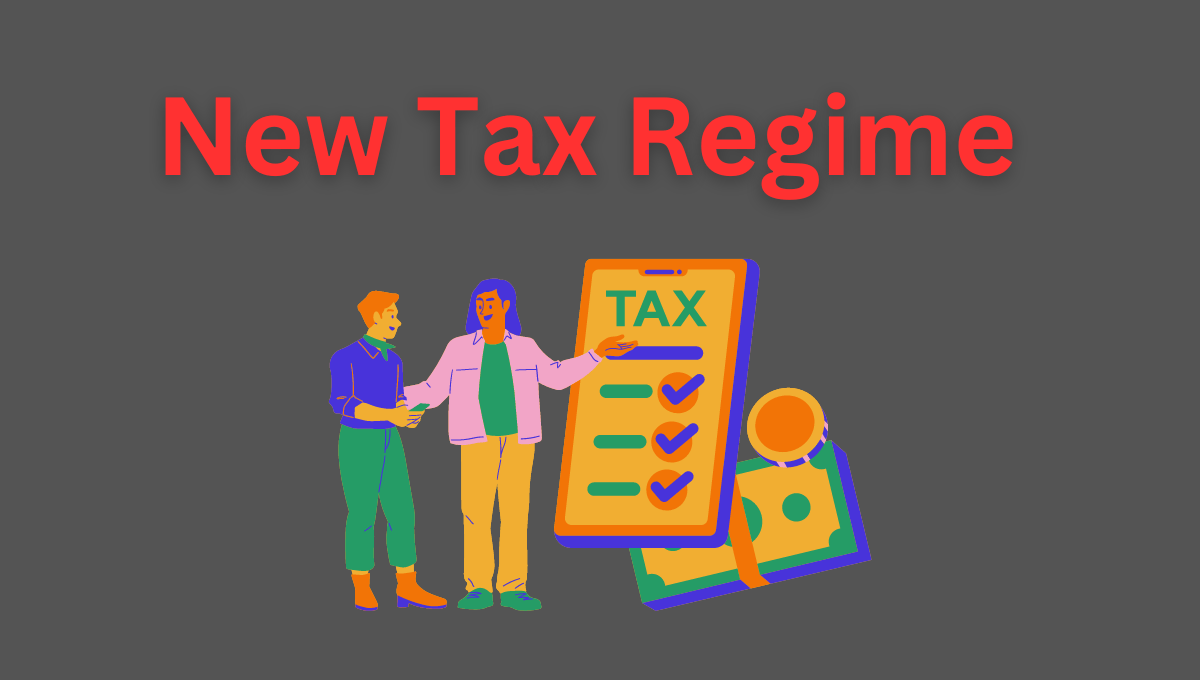In the Union Budget for 2024-2025, delivered in February 2024, the Indian government introduced some important changes to the new tax regime. These updates aim to make the tax system simpler and offer financial relief to middle-class taxpayers. Let’s take a closer look at these changes:
One of the notable changes in the new tax regime is the increase in the standard deduction for salaried individuals. Previously set at ₹50,000, the standard deduction has now been raised to ₹75,000. This means that salaried individuals can now reduce their taxable income by ₹75,000. For instance, if your annual income is ₹10 lakh, you can subtract ₹75,000 from this amount, making your taxable income ₹9,25,000. This adjustment could lead to a potential tax saving of up to ₹17,500 annually, depending on your total income and applicable tax rates. This increase is aimed at providing greater relief to those who are part of the salaried workforce, helping them retain more of their earnings.
Revised Tax Slabs
The government has also revised the tax slabs under the new tax regime to make it more beneficial for taxpayers. The updated slabs are designed to reduce the tax burden on individuals, especially those in the middle-income range. Here’s how the new tax slabs are structured:
- Income up to ₹3 lakh: No tax is levied on this income level, allowing individuals to keep their entire earnings without any tax deduction.
- Income between ₹3 lakh and ₹7 lakh: A tax rate of 5% is applied to this range. For example, if your income falls into this bracket, you will only pay 5% tax on the amount that exceeds ₹3 lakh.
- Income above ₹7 lakh: For income exceeding ₹7 lakh, the tax rate increases progressively, with higher rates applied to higher income levels. The exact rates are detailed in the updated tax slabs.
These revised slabs are intended to encourage more individuals to opt for the new tax regime by making it more attractive compared to the old regime. By lowering the tax rates for certain income levels, the government aims to reduce the overall tax burden on taxpayers.
No Change to Old Regime
While the new tax regime has undergone significant changes, the old tax regime remains the same. This means that the existing tax structure, which includes various deductions and exemptions, will continue to be in effect. Taxpayers still have the option to choose between the old and new regimes based on their financial situation and preferences. The new regime is designed to offer a simpler tax structure with lower rates, while the old regime retains its detailed deductions and exemptions. This dual approach allows taxpayers to select the regime that best suits their needs.
Current Tax Slabs for New Regime (2023-2024)
Here’s a detailed breakdown of the tax slabs for the financial year 2023-2024 (assessment year 2024-2025) under the new tax regime. These slabs help determine how much tax you owe based on your income level:
| Income Slab (₹) | Tax Rate (%) |
|---|---|
| Up to 3,00,000 | 0 |
| 3,00,001 – 7,00,000 | 5 |
| 7,00,001 – 10,00,000 | 10 |
| 10,00,001 – 12,00,000 | 15 |
| 12,00,001 – 15,00,000 | 20 |
| 15,00,001 and above | 30 |
Important Points
- Applicability: These tax rates apply to individuals who choose to follow the new tax regime. If you opt for this regime, your income will be taxed according to these slabs.
- Additional Tax: There is an additional surcharge on income that exceeds certain thresholds. This surcharge varies depending on the total income level and is intended to further refine the tax system.
- Old Regime: The old tax regime, which includes different tax slabs and various deductions, will remain unchanged. Taxpayers have the flexibility to choose between the old and new regimes based on their preferences and financial circumstances.
For a more detailed understanding of how these changes might impact your specific tax situation, it is advisable to consult with a tax professional or refer to official government resources. They can provide personalized advice and help you make informed decisions about which tax regime is best for you.

